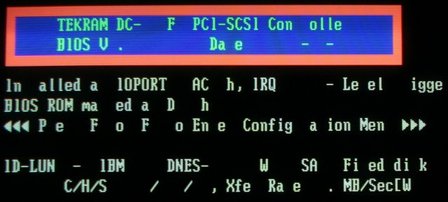Brain dump28 Oct 2005 at 14:49 by Jean-Marc Liotier
I wonder why private military companies have not thought about using Google Maps to reach new customers. Leveraging the user-friendly interface of Google Maps and Google Earth the purchaser selects an arbitrary point on the surface of the planet, selects the ordnance he wishes to see delivered and then securely enters his credit card details. Service fulfilment then rests on the shoulders of the contractor, Google only takes a commission as an intermediary – which incidentaly avoids lots of legal hassles. Secrecy costs extra because by keeping the incoming strike secret Googles forfeits potential revenue from other interested parties such as the target.
There is even room for the intermediation : since difficulty, risks and therefore ultimately costs of the delivery may vary extremely widely, there must be a way to help in adjusting supply to demand. An online marketplace featuring reverse auctions would fit the need perfectly. Why should Ebay stay away from the current boom in the war business now that it has gained respectability comparable to any other legal activity ?
The US Air Force in Iraq can deliver a 250 pound smart bomb at a total cost of under USD 30k (including the cost of operating the aircraft). Considering the infrastructure and economies of scale that the US Air Force enjoys in Iraq, it would not be unreasonable to imagine that an airstrike on a target in North Kivu for example could go for around USD 100k. If you are only an occasional user, that would be a very attractive price point compared to the costs of maintaining your own air force. Basing rights remain a logistical problem since no private operator has acquired global strike capability just yet…
Of course, even if mass market pricing some day puts it within reach of the consumer market, allowing individuals to use this service would be a bit unethical. So we’ll leave that for later development and aim for the government and corporate markets first…

